Is it really true that we cannot explore the world and practice green travelling during the pandemic? Indeed, we are less able to jump on a plane, take a cruise ship, or go for a long road trip. Yet there are many alternatives to consider for all of us who miss travelling. For instance, many have decided on short green local trips, while others explore virtual tours. All these are more sustainable travelling options than those we used to practice prior to the pandemic. Yet there is another great—and extremely green—way to connect with distant places and cultures that I think could be more revived. I like to call it “memory travel”. A mental trip where we revisit our memories of past travels. Sustainable travel to Russia is this time our destination.
Memory travel – a great option for sustainable “travel” during the pandemic
Not so long ago, people practiced this kind of sustainable “travel” way much more often. This was before the digital age that made it possible to take travel photos on our phones and share them instantly over social media. We might do so by leafing through an old photo album. Or showing friends recently developed photo prints from our last trip.
Over the last two decades, the evolution of digital technologies and the consumerism related to travelling have made these forms of memory travel rather rare. When did you last take time to revisit travel memories? I used to definitely be guilty of preferring to visit a new place over a weekend by plane. Instead of remaining at home and revisiting memories of the places where I’ve already been.
The idea of memory travel has become more interesting for me only now that physical travel is much more limited. An option in our current times and due to pandemic restrictions and the high carbon footprint of transportation. Thus, for the next few months, I have decided to practice more memory travel. This would help me to satisfy my burning need to explore diverse landscapes and cultures. Memory travel is a zero-carbon option. It is a perfect form of sustainable travel during the pandemic that is accessible to everyone! I chose this country as my first memory travel destination as Russian Federation was the first “foreign” country that I visited.
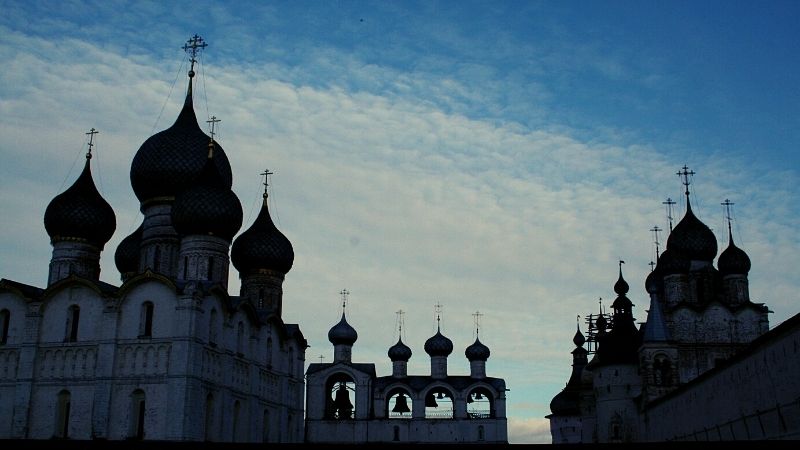
My childhood imaginary Russia
For as long as I can remember, travelling has always been paramount for me. I grew up during the last decade of the Soviet Union. And I remember avidly reading the youth books full of heroic propagandistic stories, all set in other “brother republics.” I dreamed of one day visiting these far-away exotic places—be they steppes, deserts, mountains, or the Siberian taiga. At the time, unlike my parents and grandparents, I did not wish to explore the West. My heart drew me toward the East.
My parents and grandparents had been and kept going to the East. This was not really their first choice, but rather second option. It was due to the restrictions against travel to the West that we had in the Soviet Union. In those days, it was common for people to take “goods trips.” These were for Estonians short visits to Leningrad (now St. Petersburg) to buy goods that one could not find in Estonia.
Or, if you were lucky, you could get a permission through your work to take a holiday in the Crimea peninsula, for instance. I remember begging my mother to take me along to one of her holidays to Crimea. But no—I, like my siblings, stayed with my grandmother. And there was always a little ache in my belly each night around 8 pm. Then I would hear the melody of the night train to Moscow passing by my grandparents’ home. A part of me wanted so much to jump on that train. And go discover all the exotic places that I had read about.
Sustainable Travel Russia: Pskov
The first time I really had chance to discover a “brother republic” was on a “goods trip” to Pskov with my mom and her colleagues.
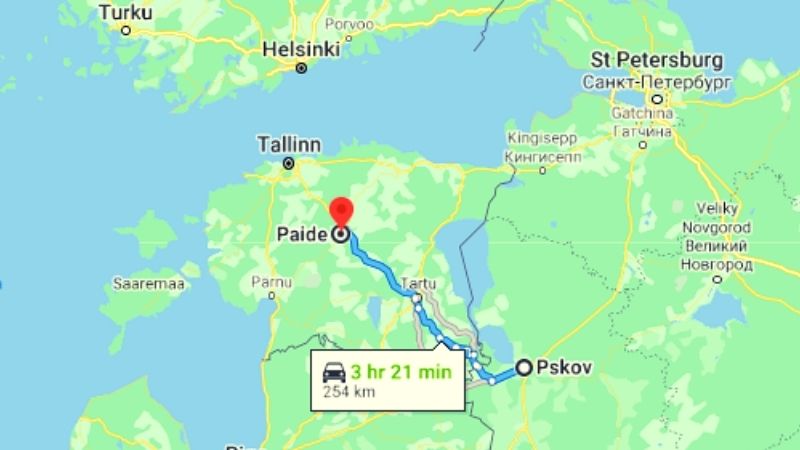
What I remember of this trip is that I had to walk very fast beside adults to keep up with their pace. As a result, I was running almost all the time. It was only a day trip and our aim was to get to as many shops as possible and thus the pace was rather hectic 🙂 And I remember one of my mom’s colleagues congratulating me that I was a great fast walker! This feeling of being proud of my capacity to walk like the adults was the memory that remained with me most strongly from this trip.
Sustainable Travel Russia: St. Petersburg
When I was in high school, I had another chance to visit Russia. Then it was already officially a foreign country, as Estonia had gained independence some years before. This time it was a school trip to St. Petersburg, just few days to see the main sights. At the time, the sights of St. Petersburg were not yet made all pretty for tourists. I remember experiencing the same feeling there that I felt some years later during my trip to Havana. It was a sense of walking in a city that you can feel was once a very glorious and impressive place. Yet this glory was clearly from the past, as buildings had gotten covered with a faded and peeling-off paint and all looked greyish.
Being a teen, I also remembered the social side of the trip—hanging out with my peers on the bus and in the hotel, partying in the evenings. For some reason, the mental image that I carry from this trip is of many old bridges on the river, bridges that could be opened to let ships to pass.
Sustainable Travel Russia: Moscow, first impressions
I visited Moscow for the first time in the autumn of 2006, as a humanitarian practitioner. Moscow was not my end destination. The Russian capital was the main national office for the organisation I worked for at the time I was located there. All new staff started their missions in Moscow, to be briefed by the management and complete administrative processes. Usually, one stays in the capital only for few days. Yet for some reason that I cannot recall anymore, I stayed in Moscow for more than a week. I remember falling in love with the Moscow metro that week. Not the rush-hour human masses that squeeze you from all sides, but the walls and ceilings of some main metro stations. These are incredibly luxurious-looking, like a ballroom.
I also remember the traffic jams in the city. Sometimes cars opted for pedestrian sidewalks in hope to move faster. And the width of the streets—I had never seen so many lines beside each other in a city before.
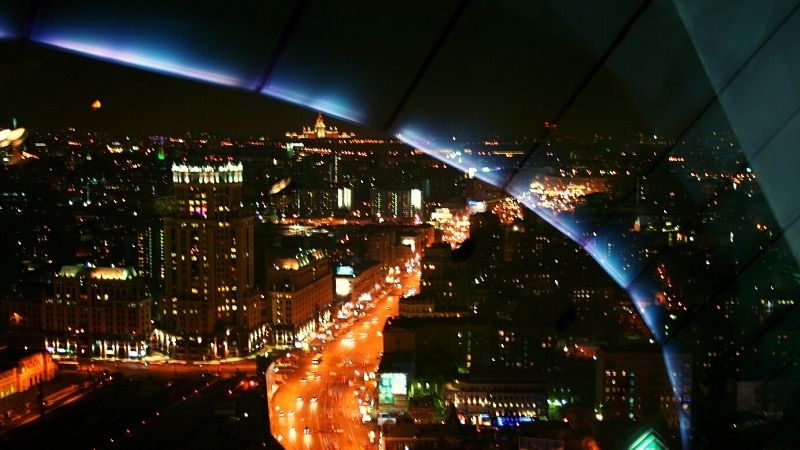
I also recall taking some Russian classes to revive and improve my childhood Russian. The Moscow restaurants that were very expensive and provided the food that I remembered from my childhood. And of course, one cannot forget the Kremlin and Red Square, pictured on one of the featured photos. These were guarded by Russian police in the street who also approached me to check my documents.
Moscow, when you stay a bit longer
What else do I remember from Moscow? The rather identical Stalin’s skyscrapers called Seven Sisters and the Soviet-style big “sleeping neighbourhoods,” something we also have in Estonia. Yet the Estonian ones are on a much smaller scale. They provided sharp contrast to the all fancy tourist locations.
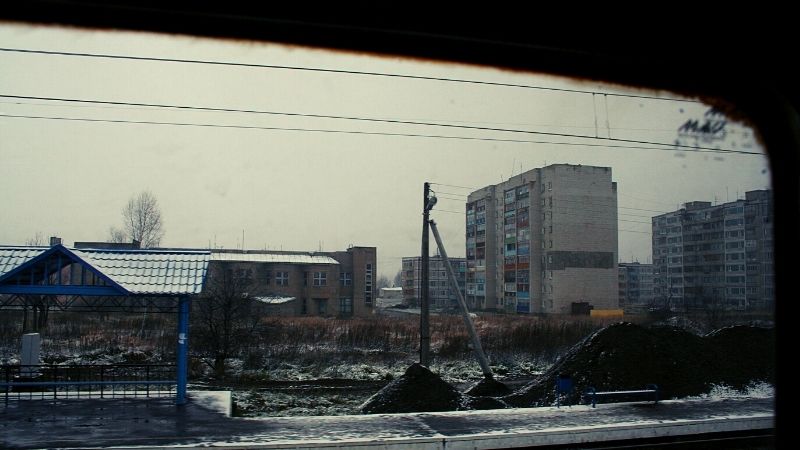
I have also memories of the birch tree woods. Then I also went to the theatre, but felt frustrated about not understanding enough Russian to follow the play. In addition, I went to the cinema to see a new Russian movie. I remember that I was able to follow the movie well and felt good about my improving language skills. Yet I was shocked how people had their phones all active and constantly received calls and answered them in the cinema! It did not seem to bother anyone except me!
And finally, during this year on my mission in the Russian Federation, I had the chance to take the Moscow night train—my childhood dream coming true! After each 6 weeks, we had a long weekend off, and I often used this time to take the night train to Estonia and visit my family.
Ingushetia, Chechnya, and Dagestan
These are three republics of Russian Federation for what I was sent for one year to Russia at the first place. I became particularly familiar with Ingushetia and Chechnya. Dagestan I finally had a chance to visit only once. Every week, I usually spent one or two nights in Ingushetia and then two or three nights in Grozny, the capital of Chechnya.
It was some years after the second Chechnyan war, thus Grozny was all under reconstruction. There were many bombed buildings…
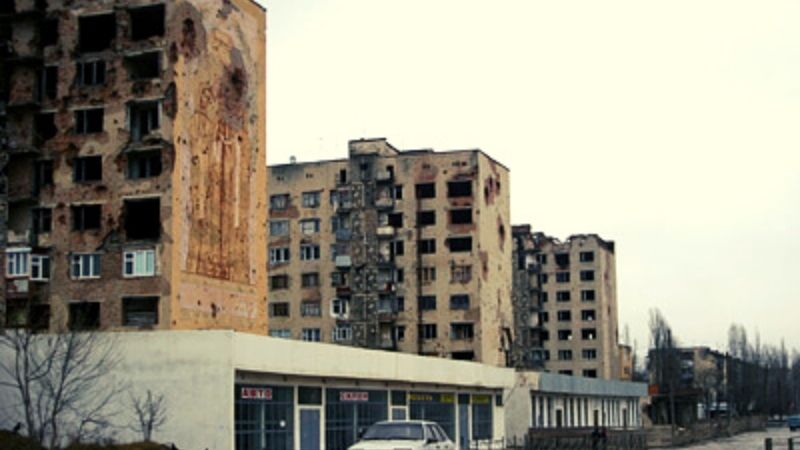
And then along the main roads, all beautifully renovated buildings and president Kadyrov photo, as on the photo below. However, often when one would enter this nice-looking building, the inside had been not renovated, only the outer facade.
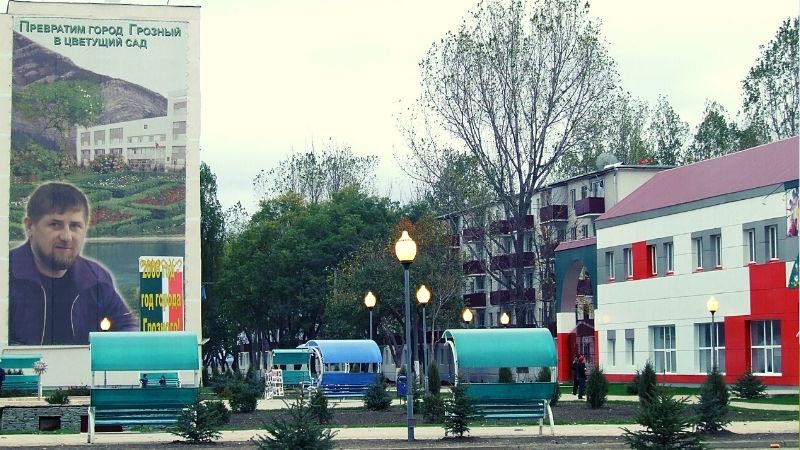
Due to the security situation and the threat of being kidnapped, we were always accompanied by armed guards. And I remember one always wore slippers outside, never shoes. The guards were all in uniform and armed, but then in slippers! Occasionally, I could stay in Grozny for the weekend and could visit the newly renovated amusement park. I have a memory of taking the ride on the big ferris wheel, of course together with my armed bodyguards.
From Ingushetia, I mostly remember our office that was also our residence. Due to strict security rules and curfews, we spent 90% of our time in this building. I think my past as a humanitarian worker, often living under curfews and allowed limited movement, has been an important resource for me these days in facing the pandemic lockdown and restrictions. During a mission like that, one has to learn how to be resilient and to blossom in constrained circumstances.
As to Dagestan, I was impressed with this Sarykum sand dune, in the middle of otherwise very different landscape.

Sustainable Travel Russian Federation: Nalchik and Elbrus
Nalchik is the city where I spent most of my weekends during this year-long mission. It was a place where I could walk around without guards, going freely to restaurants and to the city’s beautiful parks. I really fell in love with the parks there. In general, I find parks in Russia beautiful. Weekend walks in the park seem to be an important leisure activity for many Russians. As to other pastimes, I got into playing bowling and riding in Nalchik. Below I am with a white horse called Elbrus.

Nalchik is also very close to Mount Elbrus, the highest peak of Caucasus mountains in Russia. In winters we usually spent one day skiing there. And I remember how much less secured the slopes were compared to the Alps that I knew. It was also time when people did not yet wear helmets, and I was no exception. Once I fell badly and had a concussion that affected my mental capacities for many months.
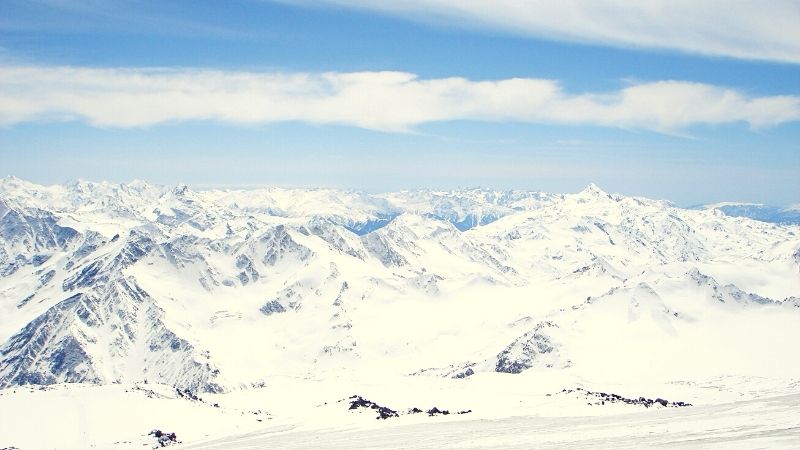
During other seasons, many of my colleagues would still go there to hike although. Incredible scenery!
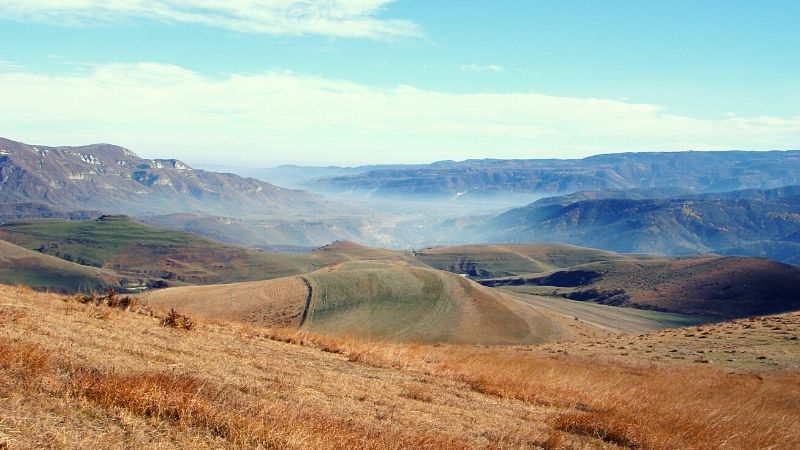
Pyatigorsk, Kislovodsk, and Sochi
These are the cities in Southern Russia to where I travelled during some weekends from Nalchik. From Pyatigorsk, I remember the five hills that overlook the city.
It is famous for its spa. Pyatigorsk is also the city where Russian poet Lermontov died during a duel. My strongest travel memory related to Pyatigorsk is my first paragliding experience down from one of the 5 hills – incredible moment!
Kislovodsk is a very beautiful spa city. I loved the Cascade Stairs and the Kurortny Park. It has beautiful trails and the Valley of Roses garden.
Finally, I visited Sochi when it was slowly preparing for the Olympic Games. Sochi was also known to me from my childhood. Like the Crimean peninsula, it was a famous and well-loved beach resort on the Black Sea. Walking on the promenades and in the parks is well-imprinted in my memory, although I personally was a bit disappointed. I guess I had put the city on pedestal in my mind based on all these childhood stories. It was not exactly as I had imagined.
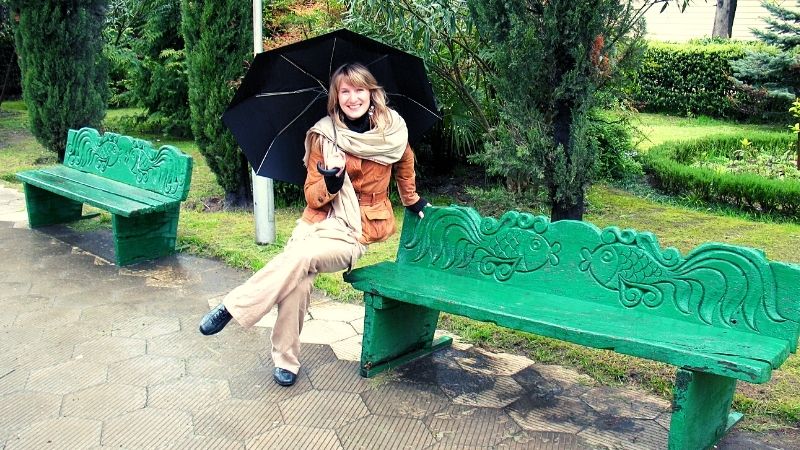
If you have been in Russia, what are your travel memories? What places do you like to revisit in your memories? If you would like to read more about my memory trips, I invite you to visit Turkmenistan with me.

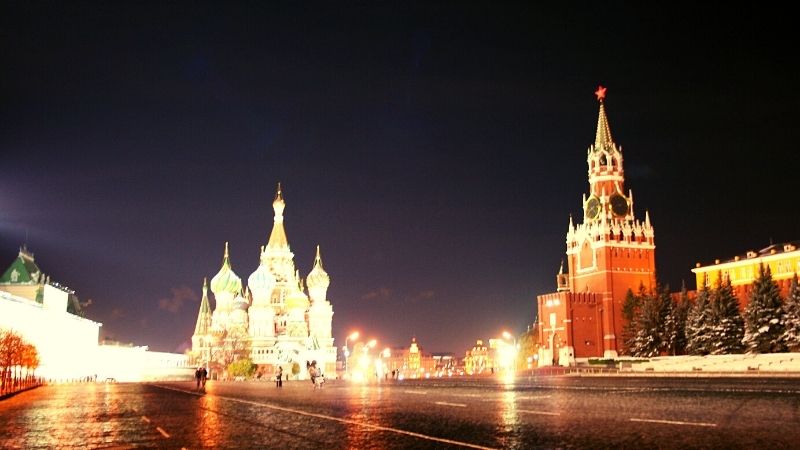
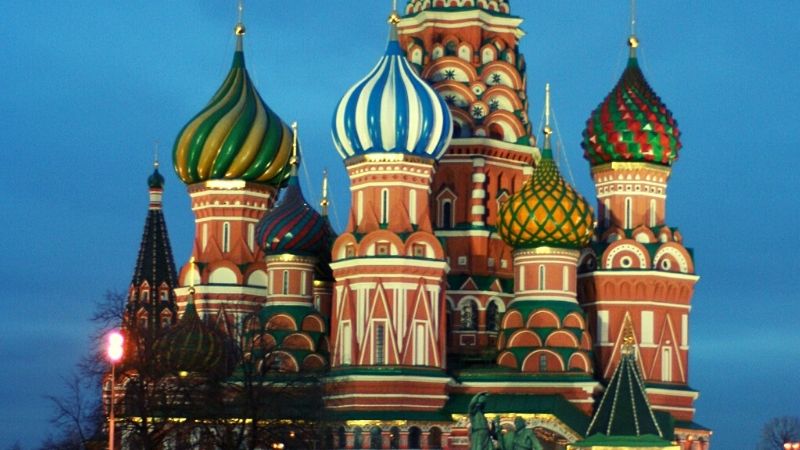
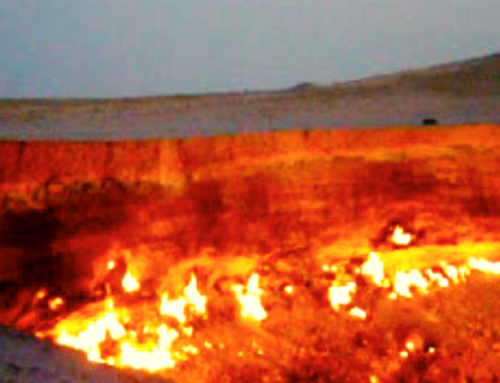
Dear Veronica, what a treat to travel with you. Thank you very much for this trip it really made me take off for a moment.
Dear Maya, Thank you for your kind words and I am glad that you were able to come along with me to discover Russia!